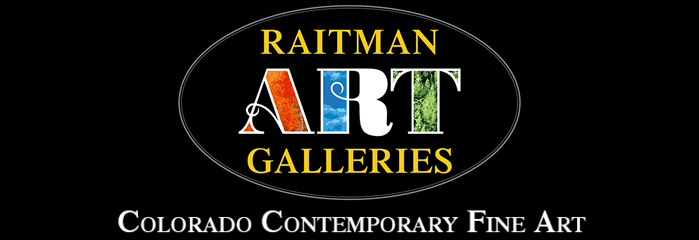Kate McCavitt Artist Review
History

Travelers Among Mountains and Streams, 960-1279

Hudson River Scene
Mary Josephine Walters
Aesthetics
Principals of Art:
Space: Space plays an important roll in Kates work, especially in a piece like Family Tree. Instead of space being used to create depth, it is used to create visual clarity and emphasis. This is done through the use of negative and positive space and how they work against one another. In Family Tree, the positive space of the tree is counterbalance by the negative space of the surrounding composition which is larger in proportion, yet lacking in the details and visual weight of the tree.
Color: Kate plays with color in bold ways to evoke strong emotional responses form the viewer. In Family Tree she expertly uses blues and yellows against one another as they are complimentary colors that make each other pop.
Shape: Shapes play a clear roll in creating defined spaces in Kates paintings. Notice the circles on the leaves in Family Tree and how they repeat in the notches of the tree trunks. This subtle continuation of shape helps connect the leaves to the tree in the composition and adds cohesion.
Form: Circle is to shape as sphere is to form. Note how Kate creates form in Family Tree in the trunks of the aspens. Shading and highlighting show where light hits the tree and how it falls around it, giving it dimension and the impression of form.
Value: Value relates to the tint/shade of a hue (color). Every color can be tinted by adding white or shaded by adding black. The purpose of considering value in a painting is to help create both dimension and a mood. Value is most noticeable in the aspen trunks where the lights and darks contrast brilliantly against one another.
Texture: Kates plays with texture in her painting by adding unconventional mediums like glass beads and metal leaf. You can also see how she uses texture in the negative space of Family Tree. The ascending and descending texture in the background adds subtle interesting movements that help blend the yellows and blues together.
Principals of Design:
Balance: The focal point of the tree in Family Tree is heavy and visually very strong and captivating. Kate balances this strong emphasis by allowing the negative space to occupy more space in the composition than the tree itself. In doing so, they counterbalance each other so the painting feels balanced.
Unity: The unity of a piece is what creates a sense of completeness. The continued color use create unity in Family Tree as the leaves seem to almost fade into the background as they descend into the gold.
Variety: Variety is what adds interest into a work of art. The visual variety is created between the two opposing spaces and how they vary in definition and details. The tree in Family Tree is finely detailed and complex, opposed to the background which is non representational and lacks any definition or detail.
Emphasis: Emphasis is what the artist uses to create a focal point. Focal points can vary viewer to viewer, but a truly successful composition will have one clear focal point that the eye is continually drawn to over and over again. In Family Tree, the focal point of the trees is obvious. However you can break that down even more to what section of the trees in particular is eye catching. Due to the iridescent quality of the metal leaf in the leaves, they often serve as the portion with the most visual emphasis.
Movement: Movement implies motion is a snapshot of time. You can see movement in Family Tree in the falling leaves which seem to flutter to the ground softly.
Pattern: Think of pattern as the visual skeleton that organizes the parts of a composition. This underlying structure uses consistent and regular repetition. You can have both natural and man made pattern. There is pattern in the tree trunks of Family Tree as well as the leaves grouped together.
Perspective: Perspective is what’s creates a three dimensional painting vs a two dimensional painting. In landscapes perspective is used to show visual depth. In a focused landscape like Family Tree, perspective is noted by what viewpoint the subject is seen from. In Family Tree the viewer is placed right in front of the trees as if viewed from walking amongst the trees.
Production
Kate paints in the challenging medium of fluid acrylics which is primarily used in abstract painting as it is a challenging medium to create representational figures with. Fluid acrylics behave much like watercolors as they are watered down paints. Due to this, Kate paints on a flat surface which allows the paint to dry in between applications. Because the paint is fluid, it takes time to dry before Kate can progress, so she is often working on multiple painting that she rotates working on as they dry.
Kate uses unconventional materials in her painting which add visual interest and fun elements for the viewer to take in. Glass beads and metal leaf shimmer and stand off the canvas and demand attention from the viewer. She will also define lines and add details with paint in the final steps to complete the composition
.



